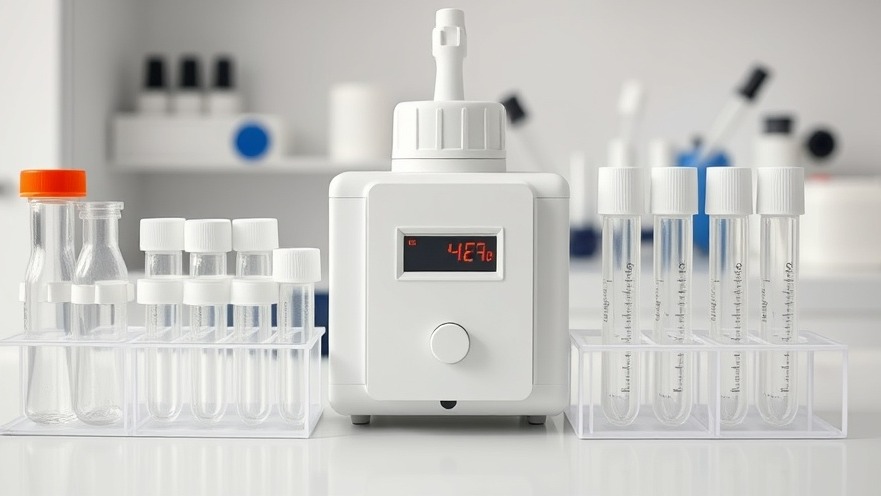
The Revolutionary CRISPR Test for Fungal Pneumonia
In a groundbreaking development, researchers at Tulane University have introduced a CRISPR-based diagnostic test for Pneumocystis jirovecii pneumonia (PJP), significantly changing the landscape of how healthcare providers diagnose this life-threatening fungal infection. This advancement is particularly vital for vulnerable populations, including children and immunocompromised patients, who are most at risk from PJP. Traditional diagnostic methods have not seen significant advancements over decades, often leading to delayed treatment and poor patient outcomes.
From Invasive to Non-Invasive: A Paradigm Shift
One of the most significant benefits of this new test is its non-invasive nature. Previously, diagnosing PJP involved bronchoscopy, an invasive procedure requiring a tube to be inserted into the airways to collect samples. Not only is this procedure daunting for patients, but results can take up to two days. The innovative CRISPR test circumvents this by using throat swabs or blood samples, providing results in just 45 minutes. According to Dr. Jay Kolls, a co-author of the study published in the Journal of Clinical Investigation, this rapid turnaround can lead to quicker, more effective treatment decisions, while enhancing overall patient care.
Understanding the Implications of CRISPR Technology
CRISPR technology allows for precise modifications at the genetic level. In this context, it enables the detection of RNA from live fungi in samples, which distinguishes it from traditional PCR tests that often miss active infections. Data from the study revealed that the combined CRISPR and PCR approach could identify 96% of infected infants and 93% of infected adults, vastly outperforming PCR tests alone, which showed only 66% and 26% accuracy, respectively.
Why Timeliness and Accuracy Matter
PJP is particularly hazardous for those with compromised immune systems, including cancer patients and organ transplant recipients. The urgency for prompt diagnosis cannot be overstated; early detection can dramatically improve treatment outcomes and reduce complications. The ability to accurately identify the presence of Pneumocystis jirovecii can lead to more targeted therapies, decreasing the risk of severe health events associated with this fungal infection. This represents an important step in combating fungal infections that have traditionally been difficult to diagnose and treat effectively.
Cross-Referencing CRISPR with Existing Methods
The joint application of CRISPR and PCR serves not just to enhance accuracy, but to modernize diagnostic procedures in a field that has stagnated. As referenced in the recent clinical update on pneumonia diagnostics, CRISPR-based tests are viewed as a promising tool for rapidly identifying pathogens, paving the way for timely and targeted treatment strategies. This combined methodology could revolutionize diagnostic protocols across healthcare systems, offering preliminary possibilities of incorporating it into routine practice.
Future Predictions: A New Era for Diagnostic Tools
As researchers continue refining this testing method, the applications of CRISPR might expand beyond just PJP to other respiratory and fungal infections. The ability to quickly diagnose infections can guide healthcare providers towards more effective treatments and potentially save lives. Strategically employing such fast and reliable testing methodologies may well represent the future of healthcare, merging cutting-edge technology with practical clinical needs.
The Takeaway for Healthcare Providers
For health practitioners, particularly those focused on concierge health services, staying informed about advances in diagnostic technologies such as this CRISPR-based test is crucial. Not only can these innovations directly impact patient care, but they also exemplify the importance of adapting to emerging technological trends in medicine. By integrating these advanced diagnostic tools into practice, providers can enhance their service offerings, ultimately contributing to improved patient outcomes and satisfaction.
 Add Row
Add Row  Add
Add 






Write A Comment